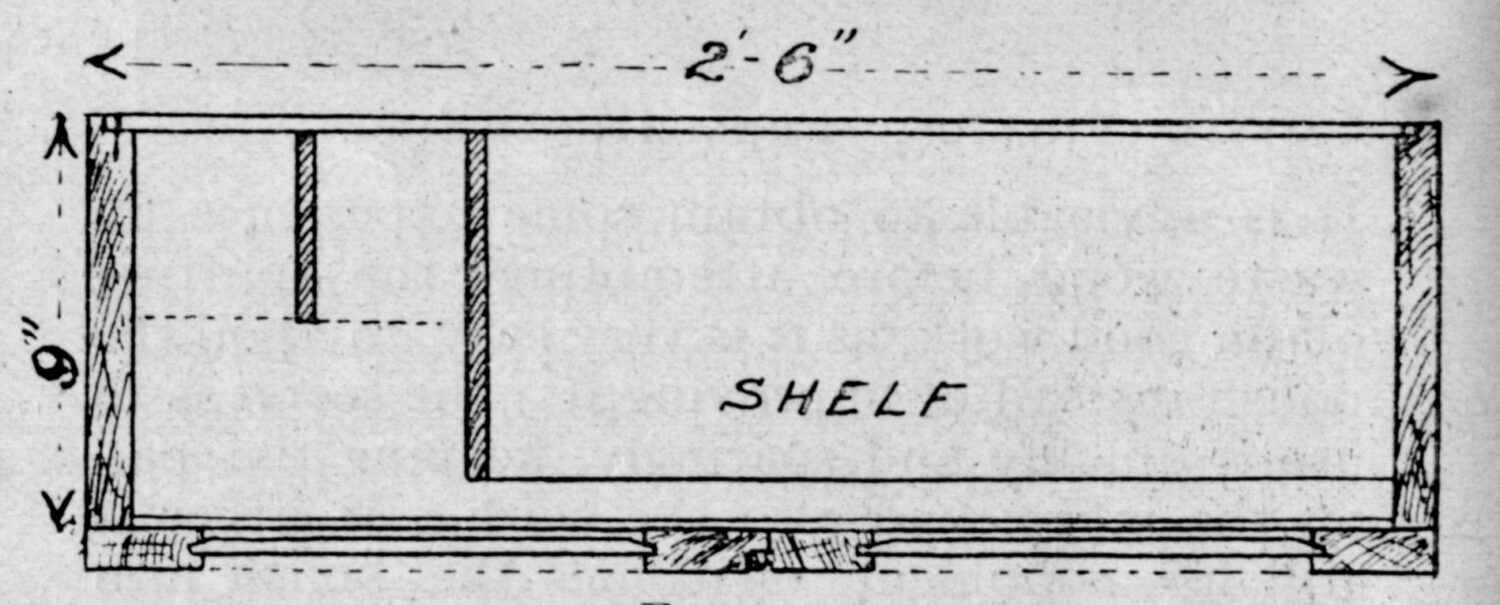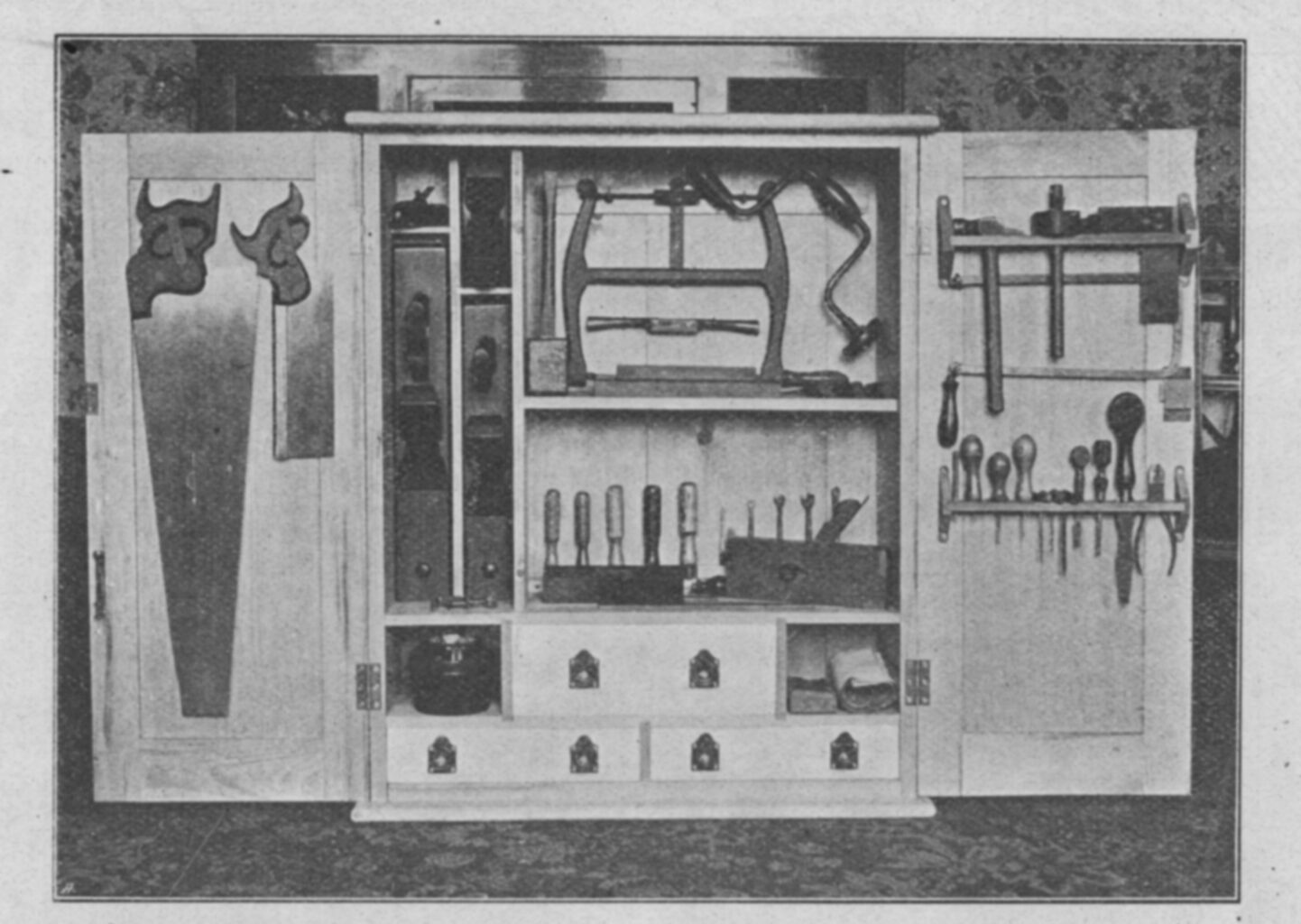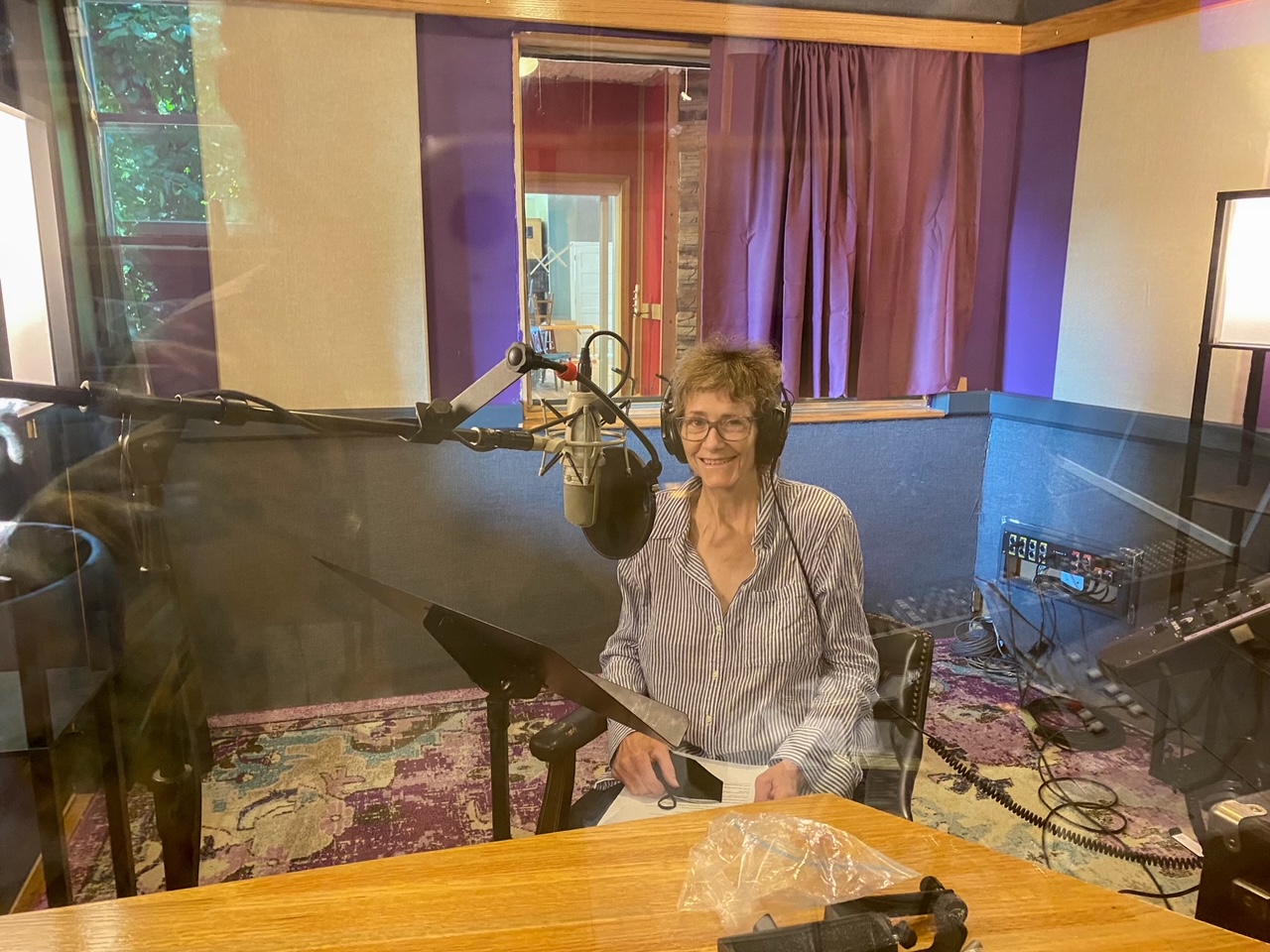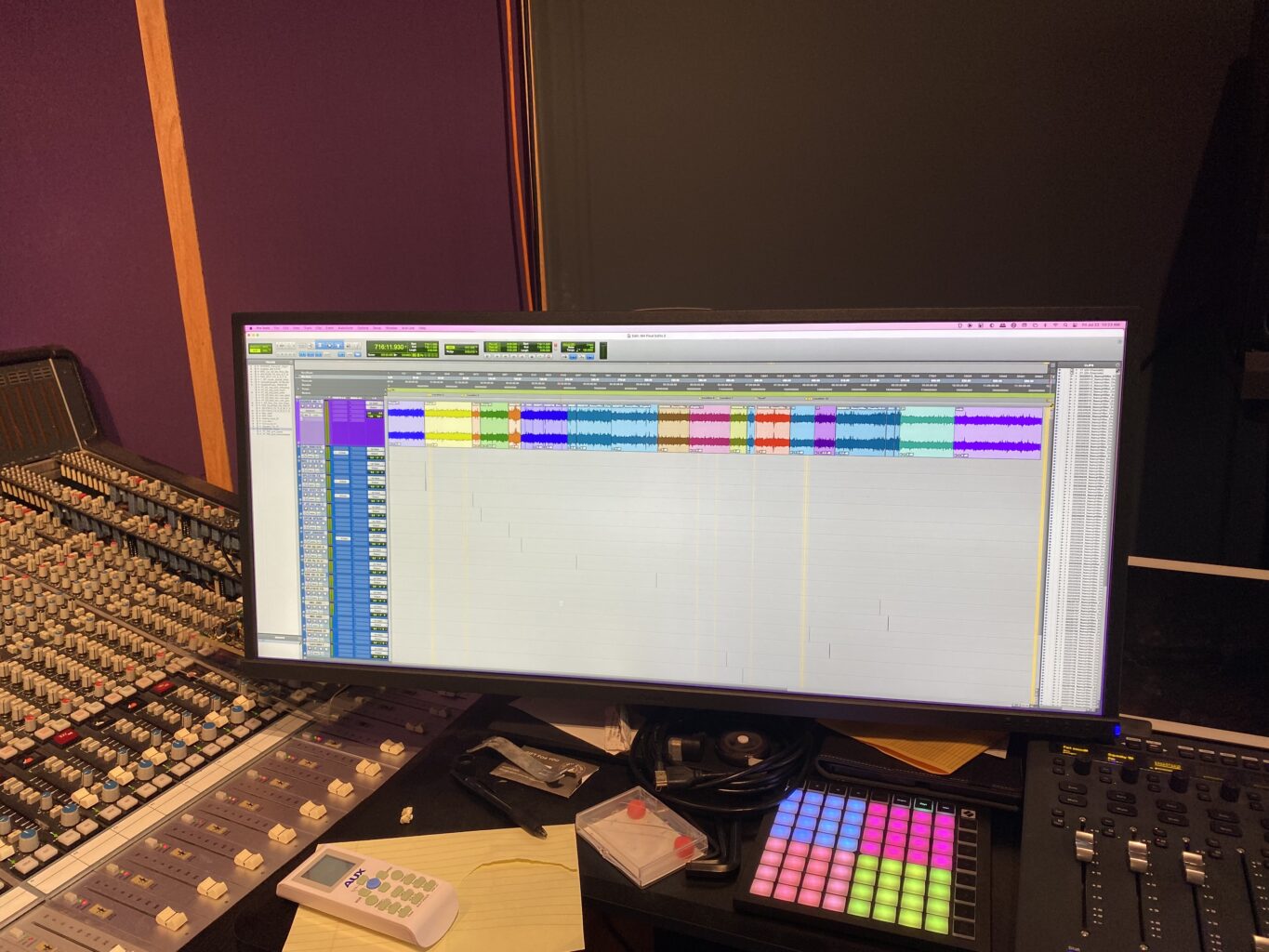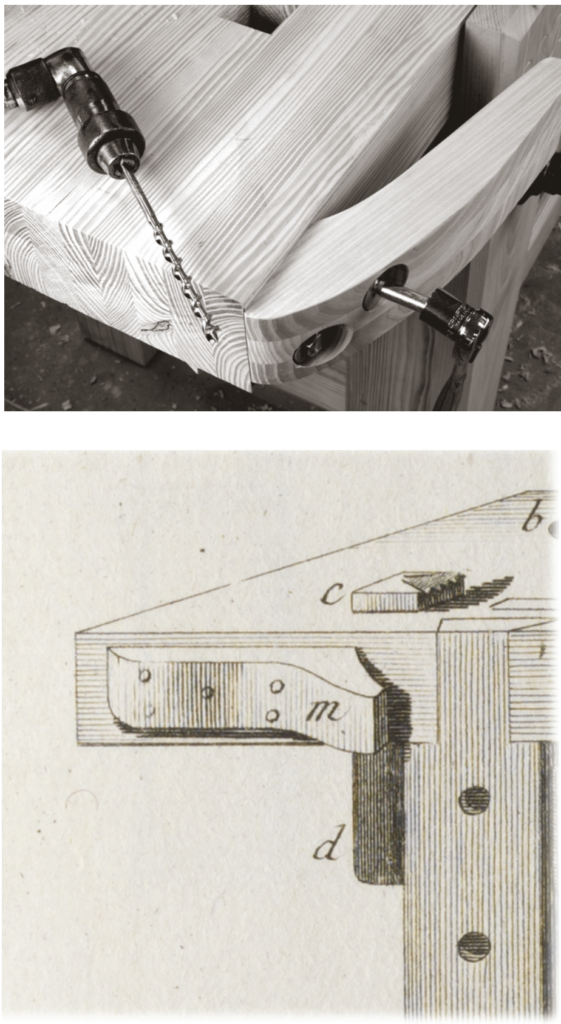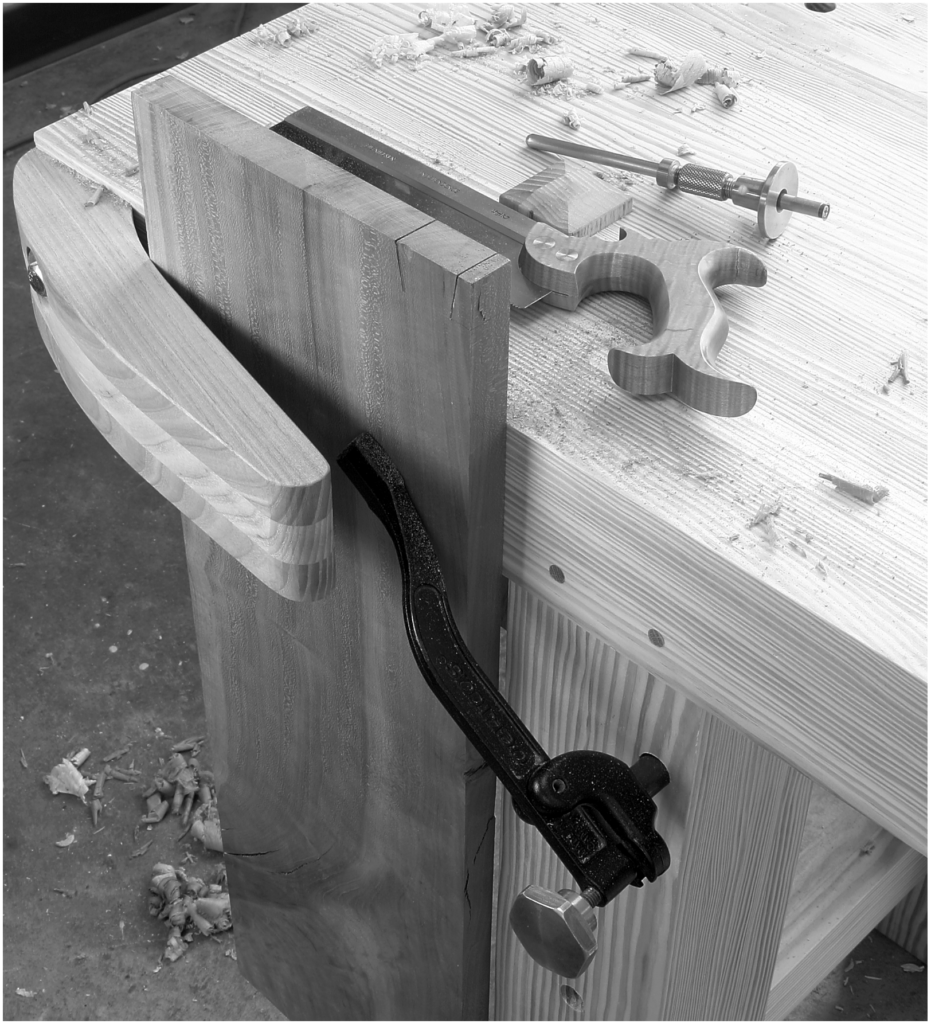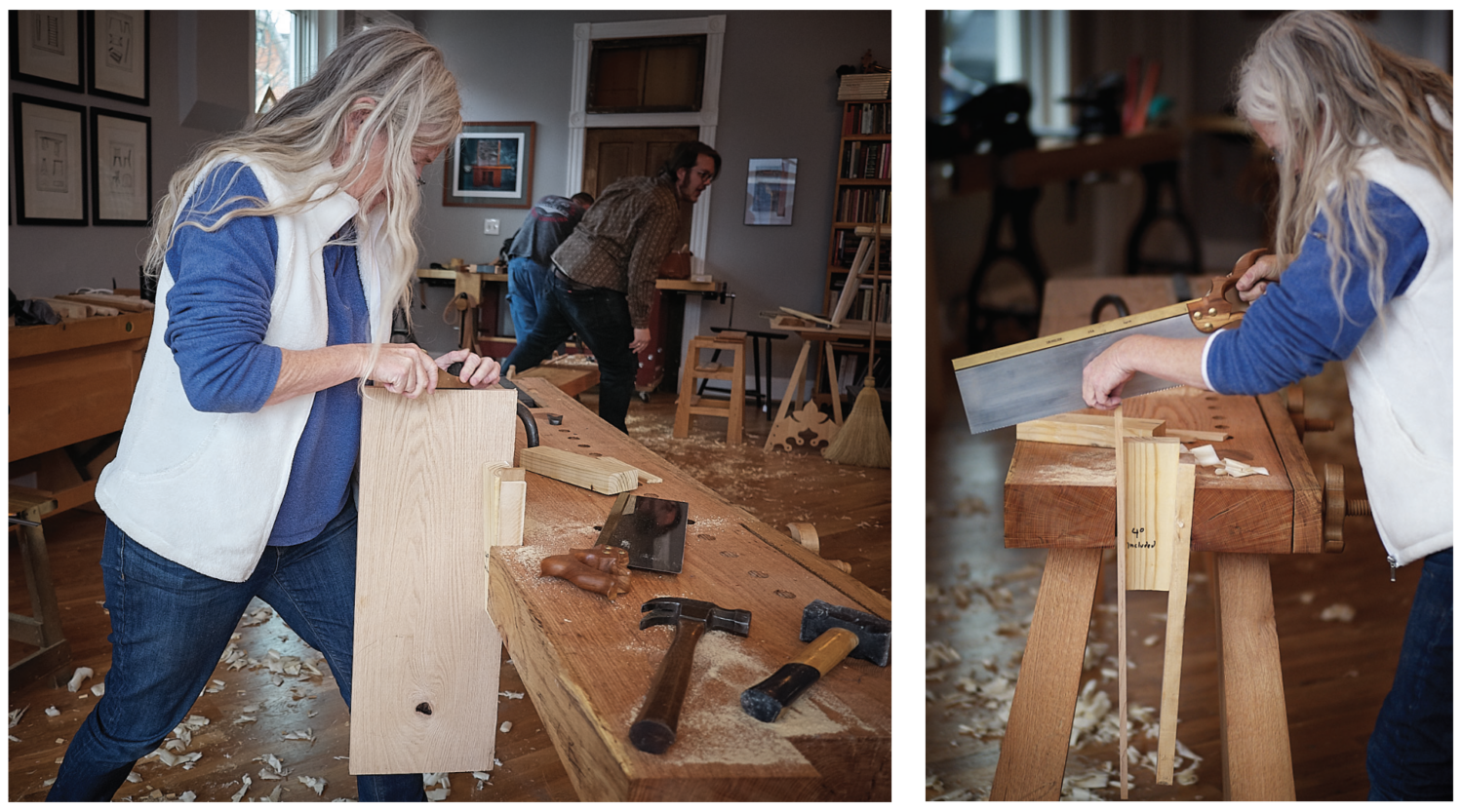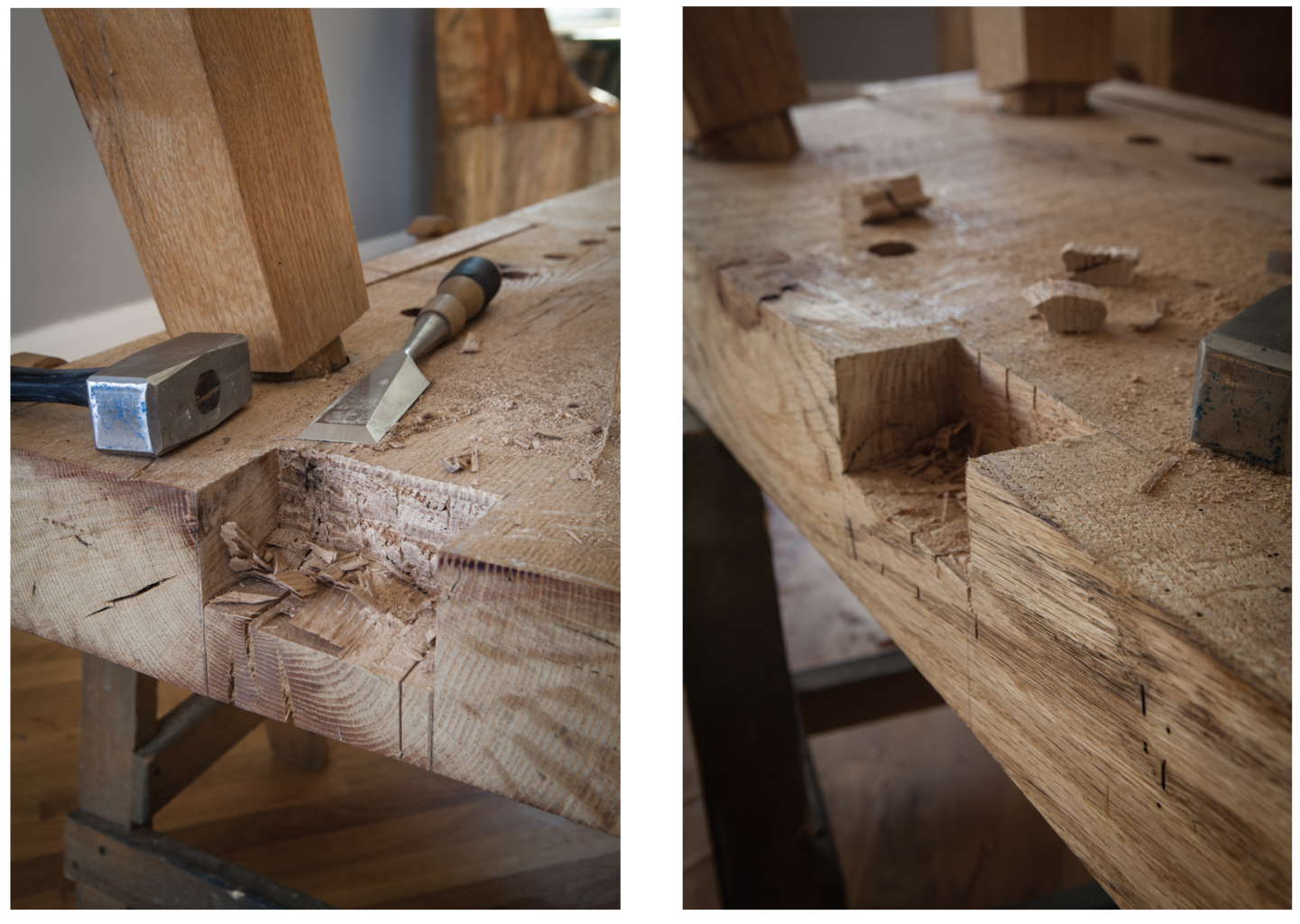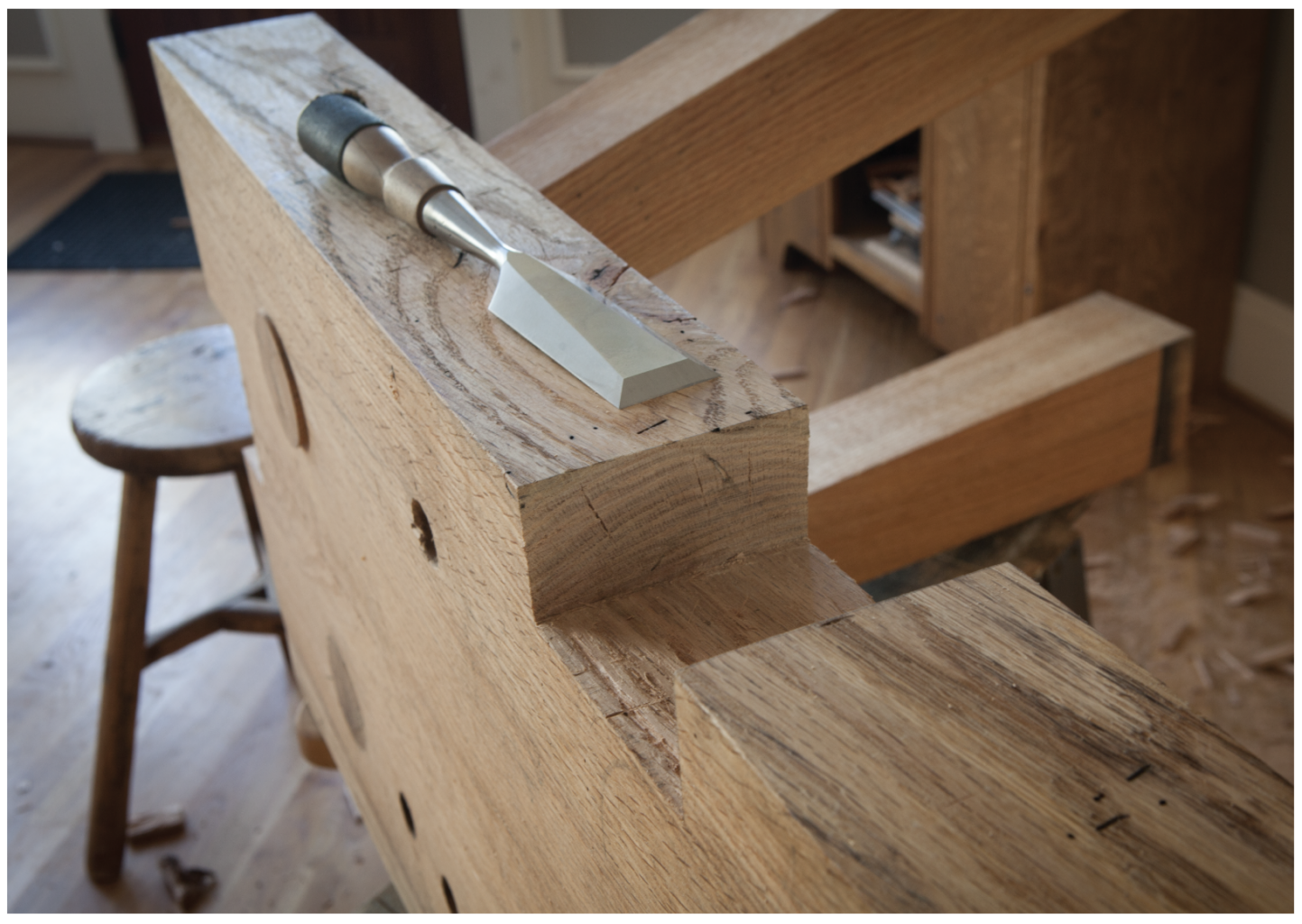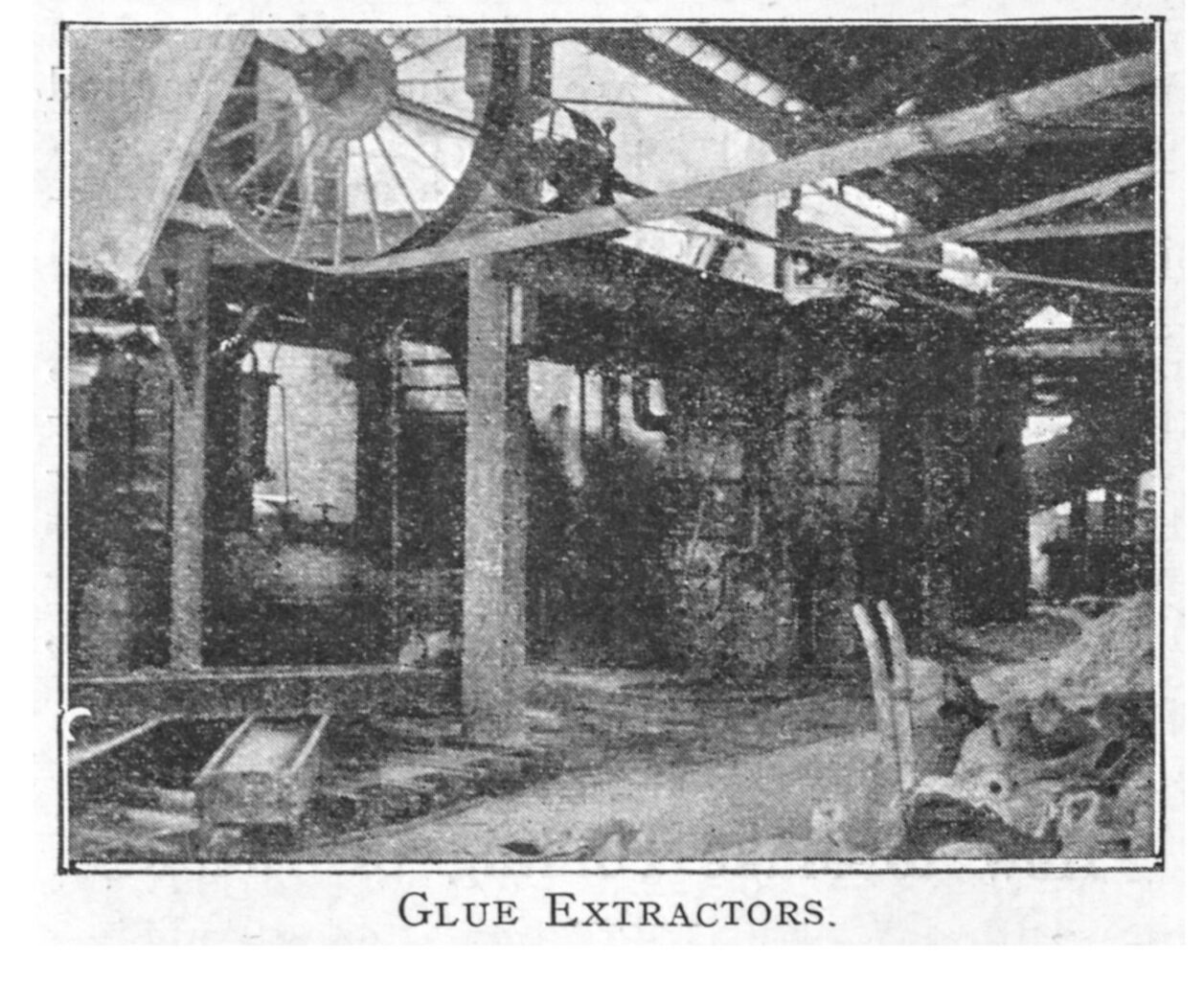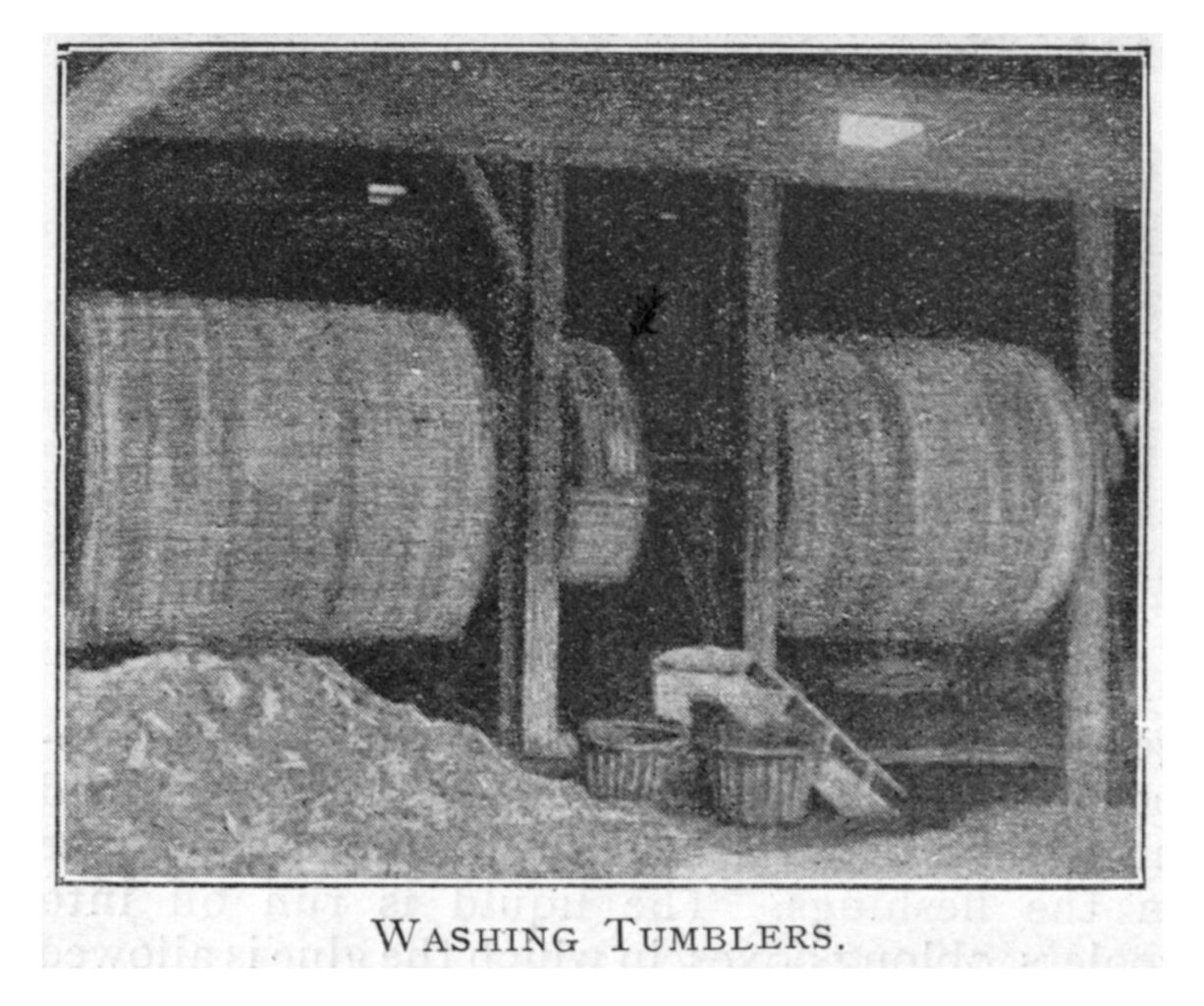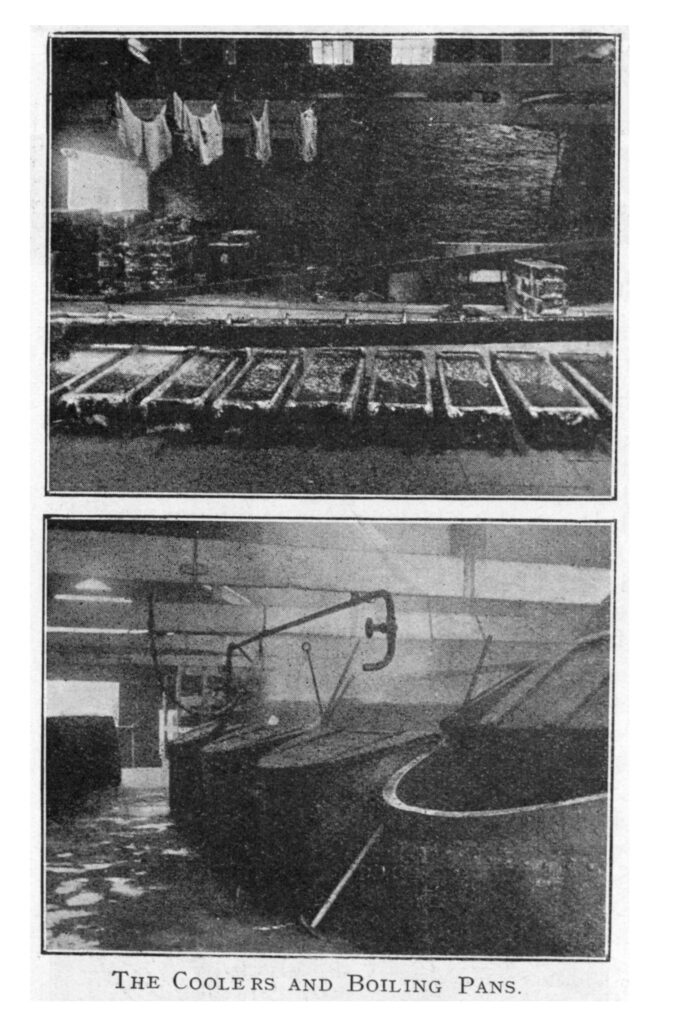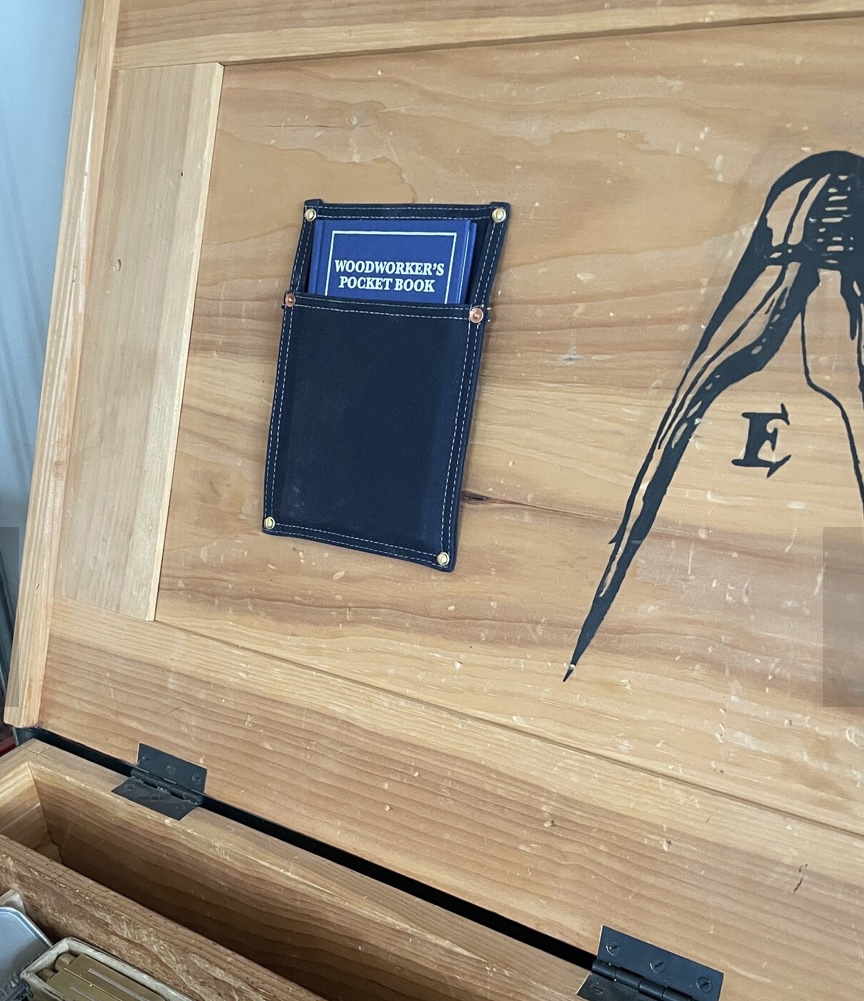By A.C. Horth, from “The Woodworker,” January 16, 1905. (Thank you to Buz Buzkirk for the generous gift of two fascinating early volumes!) NB: I would not read this excerpt while eating breakfast. I might not read this excerpt at all if you are a vegetarian or vegan.
We are told that glue is made from hoofs, horns, and other animal refuse, and many of us are quite content to take this explanation as it stands. But the more inquisitive woodworker, who likes a fuller description of things, will, perhaps, find the following account of the various processes in the manufacture of that substance with which he is so familiar, interesting.
The writer, a short time ago, accompanied by a camera and note book, journeyed to Bermondsey and soon located the works of Messrs. B. Young & Co., Ltd., by the odour of decaying bones. On entering the gates of the factory, the first thing the eye encountered was heaps and heaps of bones, horns, and fleshings (the latter are odd corners of hides which are useless for making into leather).
This refuse, continually being brought in by wagons, is sorted and arranged in different heaps, the fleshings being carefully picked out for making the best glue and size, the bones and hoofs being used for making glue of inferior strength.
The most striking point about a glue factory is the absence of waste. One might say that every particle of the material which enters the factory is used up in some way and has a certain value; and, considering the fact that the glue makers utilise the refuse of the tanners, it is astonishing to an outsider to see how everything is accounted for.
We see many instances of the care which is exercised to avoid waste, before the glue is extracted from the offal. This is particularly apparent in the case of fleshings, which are overhauled and all pieces with hair or wool attached treated separately in order to detach and save these useful materials. Such hair and wool is dried, cleared, and packed into bales, to be eventually used by the blanket manufacturers, in making a cheap variety of rug.
The fleshings are placed in revolving drums and thoroughly washed with lime; the drums being fitted with racks which keep the fleshings in continual movement. The next stage carries them through the curing vats, where they are thoroughly impregnated with acid to remove the lime and render them fit for the boiling pans. Under the influence of steam, the gelatine is dissolved, leaving a very small proportion of refuse. This process is continued until there is no trace of glutinous substance in the fleshings. The liquid is run off into coolers, oblong boxes, in which the glue is allowed to set.
When the glue is set, it is divided into two cakes and placed on a table, and, by means of a wire, cut into slices, placed on a frame covered with netting, and taken to the drying sheds to harden.
We have yet only considered glue-making from fleshings; we have still the heaps of bones and horns to account for, so will now describe the process they undergo. A glance at the bones will show of scraps of dried flesh adhering to them, which are no use for making glue; yet these are by no means wasted. The bones with the attached flesh are placed in heated drums, fitted with revolving wires, which tear off the flesh, leaving the bones quite clean. This dried flesh, now in the form of dust, makes a valuable manure, and is packed into small bags.
The bones are next placed into a large cylinder, the glue is extracted under high pressure, and finally, when quite finished with, are ground up, and form another bye-product, namely bone manure, for which there is a great demand.
Continuing our tour through the works, we pass through the size room, where hundreds of small barrels are being filled with a bright golden liquid. This is size – the size for which this firm is so renowned. It comes from the fleshings, and great care is bestowed upon its manufacture to get it to a uniform strength and colour.
We next look at another room, in which the oil (which, naturally, is extracted with the glue) is refined. Here is another example of the way bye-products are utilised. Another room is devoted to the manufacture of concentrated size, which is a specially-made and strong form of glue ground up into a powder. Amateurs will find that to buy concentrated size is better than buying ordinary glue, as it keeps well in the packets, and is more convenient to use than the large cakes of glue.
We had a look at one of the large drying sheds, open on all sides, but fitted with hundreds of racks, containing cakes of glue, which, when thoroughly hardened, are washed and packed up ready for market.
In passing through the works, it was impossible to avoid noticing the great care bestowed on the manufacture of the glue in all its stages, and, considering the dirty nature of the work, the neatness of the various departments impressed us greatly. The writer is greatly indebted to the Management for their kindness in allowing him to visit the works and take the necessary photographs, which, in many cases, caused considerable inconvenience.
Like this:
Like Loading...
